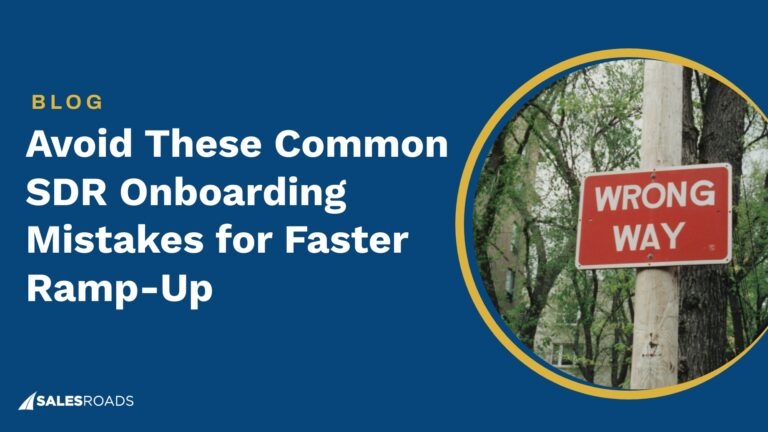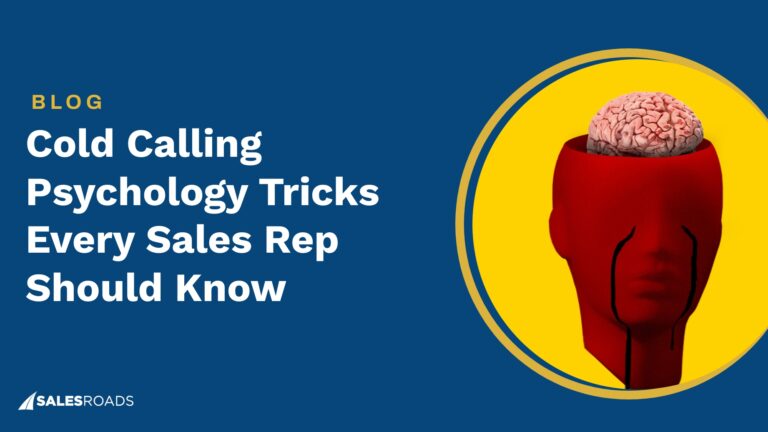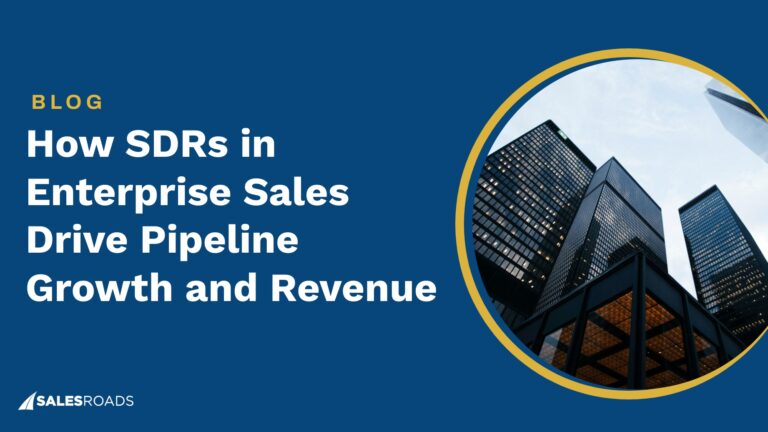B2B lead generation focuses on catching the attention of corporate decision-makers and converting them into clients. This procedure is more complex and time-consuming than B2C sales since more individuals are engaged in the buying process.
B2B Lead Generation Definition
B2B lead generation is the process of attracting the attention of individuals with purchasing authority within a company. The main purpose of this activity is to ensure that the pipeline does not run out of conversion opportunities and that leads are efficiently moved to the next stage of the buying cycle.
A well-functioning lead gen strategy is crucial for achieving business objectives, as it:
- Identifies high-value leads: A steady influx of leads ensures that a business continues to grow. With B2B lead generation, businesses can attract the attention of prospects that fit their ideal customer profile, increasing the chances of closed deals.
- Shortens the sales cycle: Well-implemented B2B lead generation strategies can help optimize the sales funnel, which makes it easier and faster to convert leads into clients.
- Collects insightful information: B2B lead generation efforts allow businesses to collect information to understand their target audience’s pain points and preferences. This makes it easier to create effective sales and marketing strategies.
B2B Lead Generation Roles
B2B lead generation strategies can be implemented by the sales and marketing team. The professionals in charge of carrying out these tactics are:
Sales
- Sales Development Representatives: An SDR’s primary responsibility is to generate leads for account executives by cold calling and networking with potential clients.
- Business Development Representative: BDRs have similar responsibilities as SDRs, which makes them sometimes interchangeable. What sets BDRs apart is their additional responsibility to find new business opportunities.
Marketing
- Growth Hackers: These marketers are in charge of creating and launching online and offline campaigns. These initiatives may use gamification, digital marketing, brand alliances, or any combination of the three.
- Demand Generation Marketers: The primary duty in this position is to devise strategies to enhance current operations and bring in new clients. These professionals also spend a lot of time working with the sales and marketing departments to coordinate lead generation efforts, ensuring organizational alignment.
Building an in-house B2B lead generation team offers several advantages, but it also requires a significant amount of time and money to set up. If starting a team from scratch is not feasible, outsourcing this process can be an excellent alternative.
Outsourced B2B lead generation entails hiring third-party service providers to take over the entire process or specific tasks. Unlike building an in-house team, this is a more accessible solution: after paying a fixed rate, your team will be ready to launch a campaign in a shorter time.
Steps for Building B2B Lead Generation Strategies
One of the biggest challenges salespeople face when capturing the attention of leads is that B2B decision-makers are usually immune to great marketing claims. It requires more effort to get their attention because they prefer brands they already know and trust. This is why it’s essential to build strategies that organically grab their interest.
Step #1: Define Your Ideal Customer Profile and Create Buyer Personas
The first step to building a successful lead generation strategy is knowing your target audience. You can start by creating your company’s ideal customer profile and buyer persona.
An ideal customer profile refers to a research-based representation of your target businesses. It includes categorizations such as organization size, revenue, industry, and location.
Buyer personas are profiles representing the individual consumers targeted by the campaigns. It details the buyer’s job title, industry, pain points, and decision-making process.
Once you clearly define your company’s ICP and buyer persona, prospecting and lead qualification will become much easier. These profiles serve as a guide when identifying which prospects best fit your offerings.
Step #2: Build a Lead Generation Funnel
A lead generation funnel is an inverted pyramid that depicts the process of converting leads into buyers. It details the tactics and activities in which salespeople have to engage to move prospects from one stage to another.
A lead generation funnel is typically composed of the following stages:
- Top of the Funnel (TOFU): Leads at the top of the funnel are looking for answers to their pain points. Your goal at this stage is to provide them with relevant information, allowing you to position your brand as a reliable source.
- Middle of the Funnel (MOFU): MOFU leads are not yet ready to buy. They are still evaluating multiple solutions and brands, which is why this stage is known as the consideration period.
- Bottom of the Funnel (MOFU): At this stage, leads are fully aware of their problems and ready to make buying decisions. Your main goal now is to make sales pitches to highlight your brand and become their final choice.
Pro Tip: Lead generation funnels can differ depending on the company’s offerings and target audience. You can use the stages above as a template and tweak them according to your business requirements.
Step #3: Pick a Strategy
The effectiveness of each lead generation strategy highly depends on the audience you’re trying to reach. Here are examples of high-converting tactics that salespeople can implement:
- Appointment setting: This is a fantastic B2B approach that helps uncover high-value prospects using strategies such as cold calling and emailing. It also shortens the sales cycle by engaging prospects and building connections to improve the chances of conversion.
- Content Marketing: The majority of B2B leads begin their journey by looking for information about their pain points. Content marketing is a strategy that involves creating and sharing relevant content such as blogs, ebooks, videos, and podcasts. It can be effective in generating qualified leads, as it gives prospects the answers they’re seeking.
- Search Engine Optimization (SEO): This strategy entails following a collection of best practices to boost your website’s ranking in search engine result pages. Since organic search accounts for 53.3% of all clicks on websites, this can be a great tactic to attract the attention of TOFU leads.1
Pro Tip: You can choose to invest in multiple lead generation strategies simultaneously, but make sure to properly implement each tactic to get the best results.
Step #4: Track Key Performance Indicators (KPIs)
KPIs are essential for B2B lead generation campaigns, as they help determine progress and identify areas for improvement.
The must-track metrics for lead generation campaigns include the following:
| Metrics | How to Track/ Formula |
| Web Traffic | Google Analytics, Ahrefs |
| Engagement | Total Engagement = Sum of All Interactions (Comments, Shares, Reactions) |
| Lead Value | Lead value = Total Sales Value/ Total Leads |
| Cost per Lead | CPL= Total marketing expenses/ Total number of new leads |
| Customer Lifetime Value | CLV = Lead Value x Average Customer Lifespan |
| Average Revenue per Customer | ARPC= Total Revenue/ Total Customers |
| Return of Investment | ROI = Customer Lifetime Value – Customer Acquisition Cost |
- Web Traffic: Website traffic refers to the number of people visiting a web page. This indicator can help you objectively assess the success of your sales and marketing strategies. You can monitor this number using tools such as Ahrefs and Google Analytics.
- Engagement: This gives significant information into how many prospects connect with your business on social media sites, which may be useful in evaluating which type of material resonates with your target demographic. The formula for tracking engagement is:
Total Engagement = Sum of All Interactions (Comments, Shares, Reactions)
- Lead Value: This metric helps predict how much revenue your leads will generate, allowing decision-makers to make wiser choices. The formula to determine lead value is:
Lead Value= Total Sales Value/ Total Leads
- Cost Per Lead: The amount of money invested into converting leads to customers. It includes expenses such as research and marketing. The formula to determine cost per lead is:
CPL= Total marketing expenses/ Total number of new leads
- Customer Lifetime Value (CLV): This metric refers to the average amount of money you’ll make from each customer throughout their account. It’s an essential B2B lead gen metric to track, as it helps allocate your marketing budget and determine which offering is selling the most. The formula for this KPI is:
CLV = Lead value x Average Customer Lifespan
- Average Revenue Per Customer (ARPC): This indicator reveals the average income made from qualified leads during a certain time frame. You can calculate your ARPC using this formula:
ARPC= Total Revenue/ Total Customers
- Return of Investment (ROI): Here’s the formula you can use to calculate your ROI:
ROI = Customer Lifetime Value – Customer Acquisition Cost
Bottom Line
Understanding B2B lead generation’s meaning and applications is crucial for companies to remain competitive. This process ensures that businesses’ pipelines have a steady stream of conversion opportunities, allowing them to reach their goals faster.











